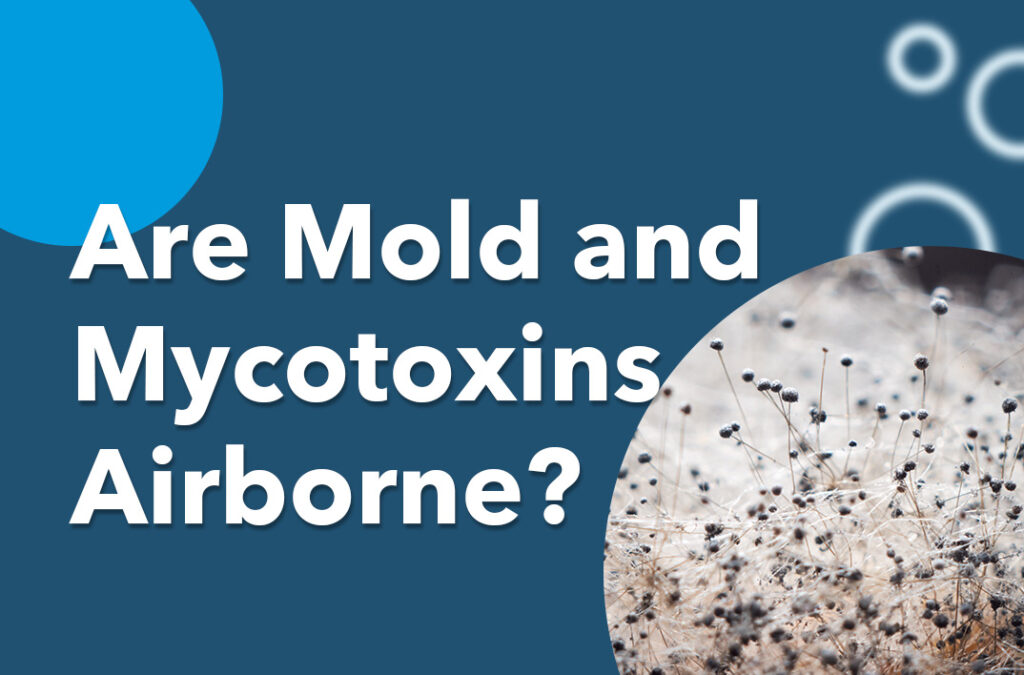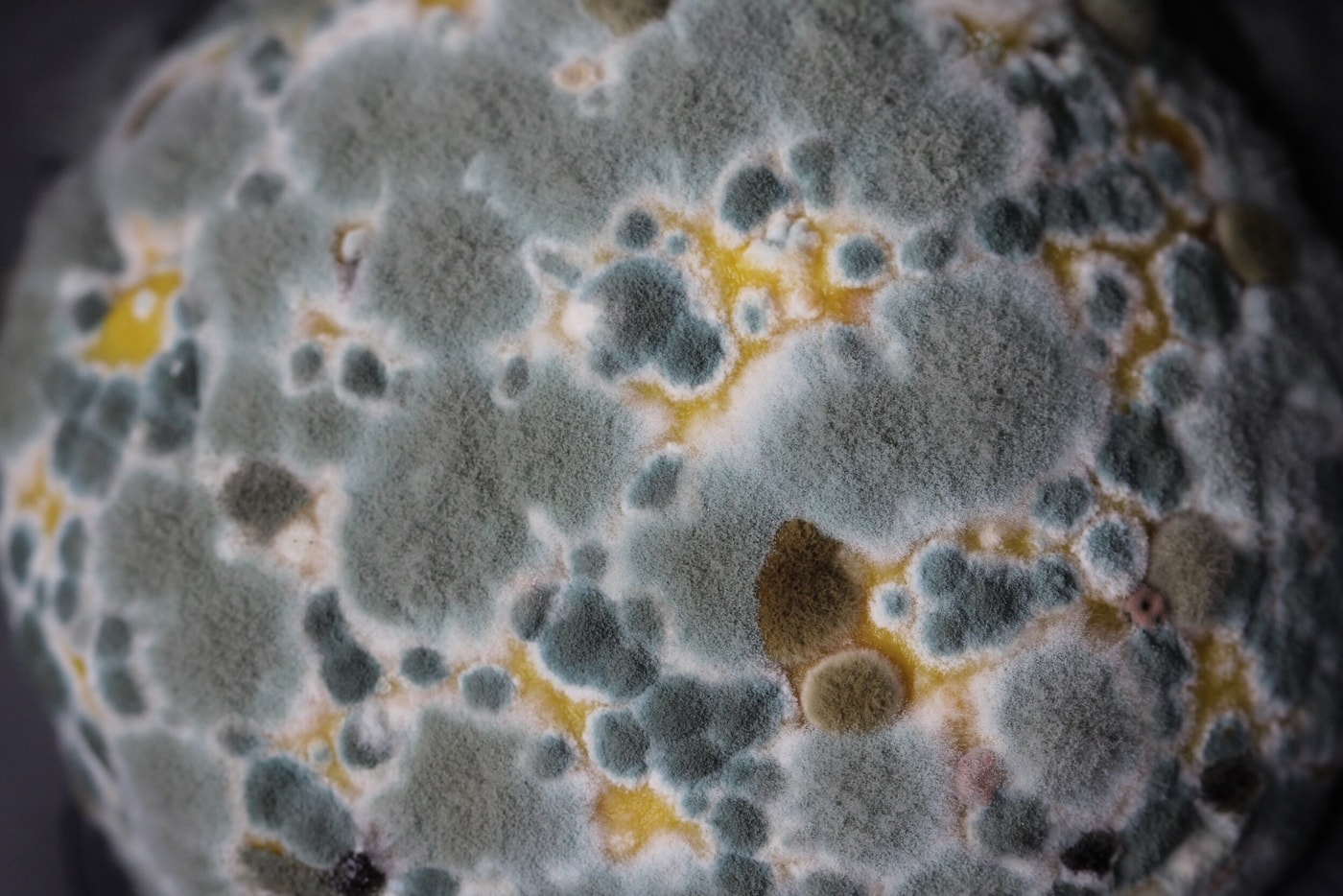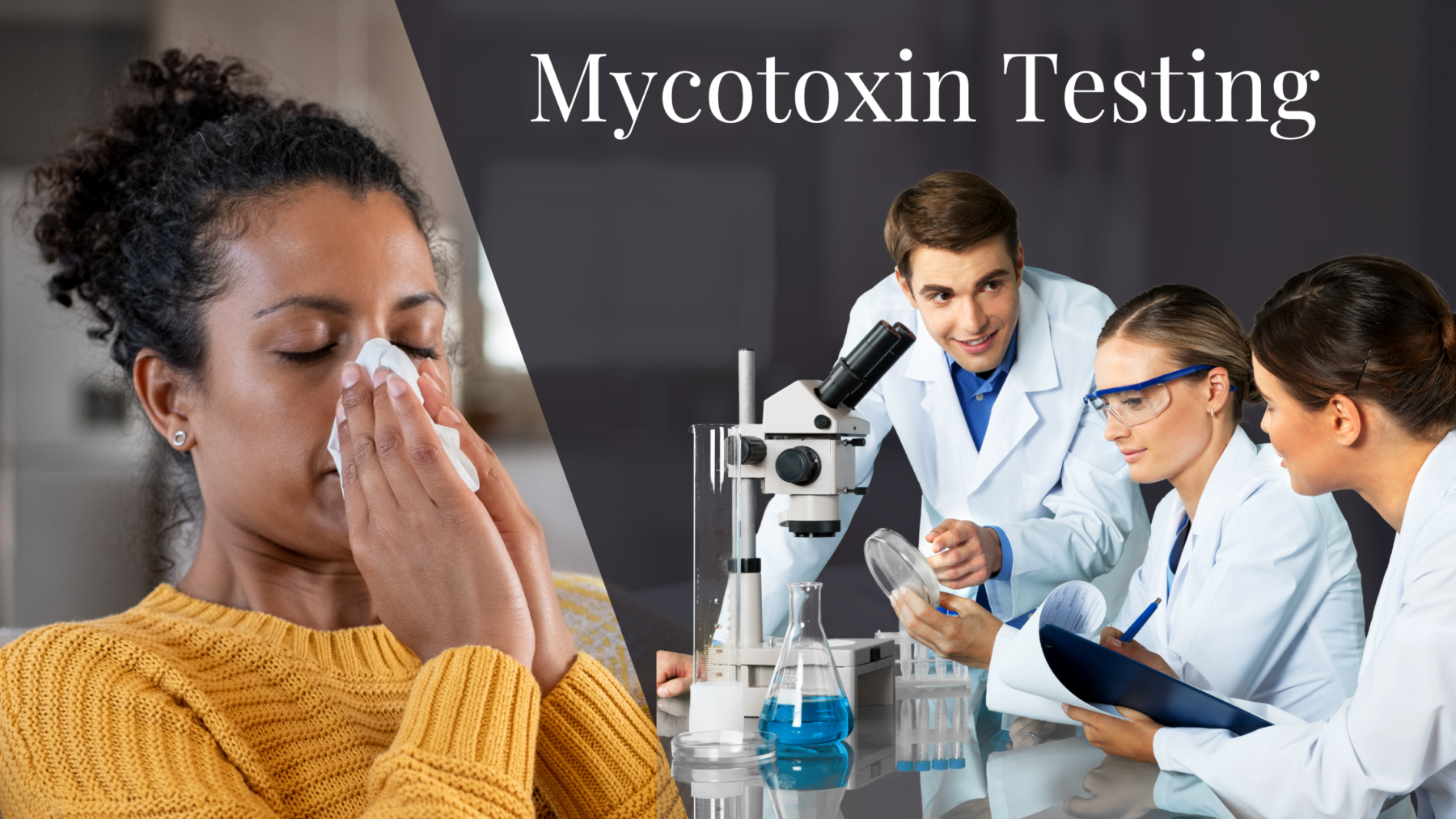Just How Mycotoxin Screening Helps Stop Contamination and Guard Food Products

Mycotoxin screening is a crucial technique in the food market, functioning as a frontline defense versus contamination by unsafe contaminants created by molds. Via the application of innovative methods like High-Performance Liquid Chromatography (HPLC) and Liquid Chromatography-Mass Spectrometry (LC-MS), food producers can accurately measure and discover mycotoxin levels in farming products. This aggressive method not only makes certain compliance with stringent safety and security guidelines but additionally alleviates health and wellness dangers to customers. Moreover, regular screening fortifies brand name online reputation and economic wellness by lowering contamination-related events. Just how exactly do these testing methods integrate into the more comprehensive food safety method?
Understanding Mycotoxins
Understanding mycotoxins begins with identifying that they are harmful second metabolites generated by specific mold and mildews, which can pollute farming items. These metabolites are not crucial for the development or recreation of the fungis however can have serious implications for human and animal health. Mycotoxins are typically found in staple crops such as corn, wheat, barley, and nuts, where they can proliferate under details problems of dampness and temperature level.
There are a number of kinds of mycotoxins, each generated by various fungal types. Aflatoxins, produced by Aspergillus species, are amongst one of the most well-known, known for their carcinogenic residential or commercial properties. Another significant team includes ochratoxins, produced by Aspergillus and Penicillium varieties, which have nephrotoxic results. Fusarium types produce trichothecenes and fumonisins, both of which are associated with various intense and chronic health concerns.

Threats of Mycotoxin Contamination
The threats of mycotoxin contamination are diverse, presenting considerable risks to both food security and public health. Mycotoxins, toxic substances created by specific sorts of fungis, can pollute a variety of farming items including cereals, nuts, seasonings, dried fruits, and coffee. Once these contaminants infiltrate the food supply, they can lead to significant wellness problems such as liver damage, kidney failing, and even cancer. At risk populations, including youngsters, the elderly, and immunocompromised people, are especially in jeopardy.
Economic influences are one more significant issue. Infected plants can lead to substantial monetary losses for farmers and food manufacturers due to minimized returns and the need for expensive decontamination steps. Worldwide profession can be significantly impeded as nations apply strict mycotoxin policies to secure their populations, leading to turned down deliveries and stretched profession relations.
Environmental elements such as environment adjustment aggravate the risk of mycotoxin contamination. Variations in temperature and humidity can produce beneficial conditions for fungal growth, boosting the chance of contamination occasions. Hence, understanding and reducing these dangers are vital for ensuring the safety and security and integrity of global food materials.
Techniques of Mycotoxin Evaluating
Precisely determining mycotoxin contamination in farming products is vital for securing public wellness and keeping food safety and security criteria. Numerous approaches are used to find and evaluate mycotoxins, each offering details benefits and constraints.
High-Performance Liquid Chromatography (HPLC) is an extensively made use of technique because of its high sensitivity and precision. It involves dividing mycotoxins from various other compounds in a sample, enabling exact metrology. Fluid Chromatography-Mass Spectrometry (LC-MS) integrates liquid chromatography with mass spectrometry to give comprehensive molecular information, making it specifically beneficial for identifying numerous mycotoxins concurrently.

Gas Chromatography-Mass Spectrometry (GC-MS) and Thin-Layer Chromatography (TENDER LOVING CARE) are also employed, each with unique applications. GC-MS is effective for volatile mycotoxins, while TLC offers a less complex, cost-effective choice for initial testing.
Advantages of Routine Checking
Routine testing for mycotoxins in agricultural items uses countless advantages, dramatically adding to public health and wellness and food security. By identifying contamination early, normal screening aids protect against the distribution of hazardous foods, consequently minimizing the threat of mycotoxin-related diseases among customers. This positive method not only safeguards human wellness however also boosts the general quality of food products.
Constant testing additionally sustains regulatory conformity. Different nations and regions have actually developed stringent restrictions for mycotoxin levels in food and feed. Following these limitations through routine testing makes certain that producers and suppliers fulfill legal criteria, thus avoiding fines and trade obstacles. Moreover, preserving compliance promotes customer count on and brand name credibility, which are essential for market success.
Additionally, regular mycotoxin screening can result in substantial financial benefits. Early detection of contamination enables timely treatment, reducing prospective losses from prevalent contamination. Executing routine screening protocols can also lessen recall prices and related liabilities, which can be financially ravaging.
Moreover, normal screening gives valuable data that can inform better agricultural methods and storage problems. By comprehending patterns of contamination, manufacturers can embrace precautionary procedures, consequently adding and minimizing future threats to the sustainability of the food supply chain.
Carrying Out Checking Procedures
Executing efficient mycotoxin testing protocols is essential for guaranteeing the security and high quality of farming items. Each phase should be scrutinized to determine where mycotoxin contamination is most likely to take place.
Once essential control factors are recognized, choosing suitable testing approaches is vital. Common strategies include enzyme-linked immunosorbent assay (ELISA), high-performance liquid chromatography (HPLC), and mass spectrometry (MS) Each method more tips here has its strengths and weaknesses; thus, picking the right one depends on the details mycotoxin being checked, the required level of sensitivity, and available resources.

Lastly, incorporating the testing methods into an extensive food safety monitoring system is recommended. This enhances traceability and makes it possible for quick corrective activities when contamination is discovered, therefore securing the integrity of the food supply chain.
Verdict
Mycotoxin testing is crucial in protecting against contamination and protecting food supplies by making it possible for early discovery of harmful toxic substances produced by mold and mildews in agricultural items. Advanced methods such as HPLC and LC-MS make sure compliance with safety and security policies and protect consumers from health dangers. Regular testing enhances brand name credibility, economic stability, and count on food safety by reducing contamination-related losses and keeping high requirements in food manufacturing. Carrying out rigorous testing methods is therefore important for the industry's general wellness.
Mycotoxin screening is an indispensable method in the food sector, serving as read this post here a frontline protection versus contamination by hazardous toxic substances created by mold and mildews. An incorporated strategy involving agricultural methods, storage space monitoring, and normal testing can mitigate the risks associated with mycotoxin contamination, guaranteeing food safety and public health.
The risks of mycotoxin contamination are multifaceted, positioning considerable risks to both food security and public health and wellness.Regular testing for mycotoxins in farming items uses many benefits, substantially contributing to public health and food safety.Mycotoxin screening is crucial in preventing contamination and safeguarding food products by making it possible for very early detection of harmful toxins generated by molds in agricultural items.
Comments on “Mycotoxin testing Services: Making sure High Quality and Security in Your Supply Chain”